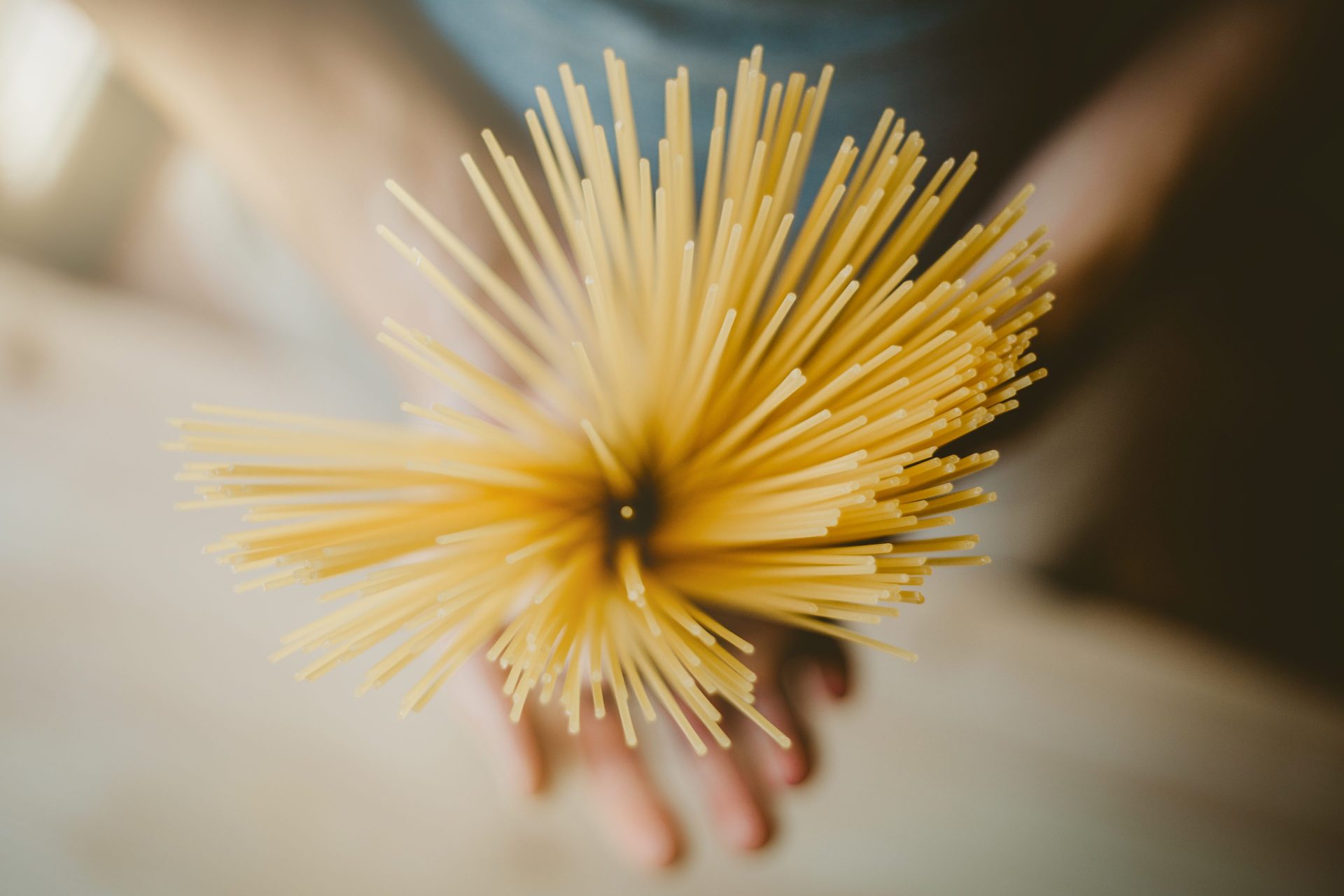

The perfect Spaghetti
Spaghetti is one of the post famous pasta in the world. It is readily available and conveniently in dried form. Many enjoy Spaghetti al dente, i.e., firm to bite, because the texture is as important as flavor. The texture of dried Spaghetti strongly depends on the extrusion and drying process. Strong quality control is necessary in the very competitive market to ensure that the experience with their product is positive.
Magnetic resonance imaging enables to characterize pasta in dried and cooked state, enabling to visualize the moister distribution. When cooking the moisture is redistribution, leading to a swelling of the pasta which is displayed in Figure 1 and Figure 2. In Figure 3 a time series of the moisture redistribution of pasta dried with varying parameters is shown, resulting in a different swelling behavior and crack formation. To short drying times lead to a minimal duration, where the spaghetti can be considered al dente.
References:
ZWEIFEL, Christoph, et al. Influence of high‐temperature drying on structural and textural properties of durum wheat pasta. Cereal Chemistry, 2003, 80. Jg., Nr. 2, S. 159-167.
SEKIYAMA, Yasuyo, et al. T2 distribution of boiled dry spaghetti measured by MRI and its internal structure observed by fluorescence microscopy. Food research international, 2012, 48. Jg., Nr. 2, S. 374-379.